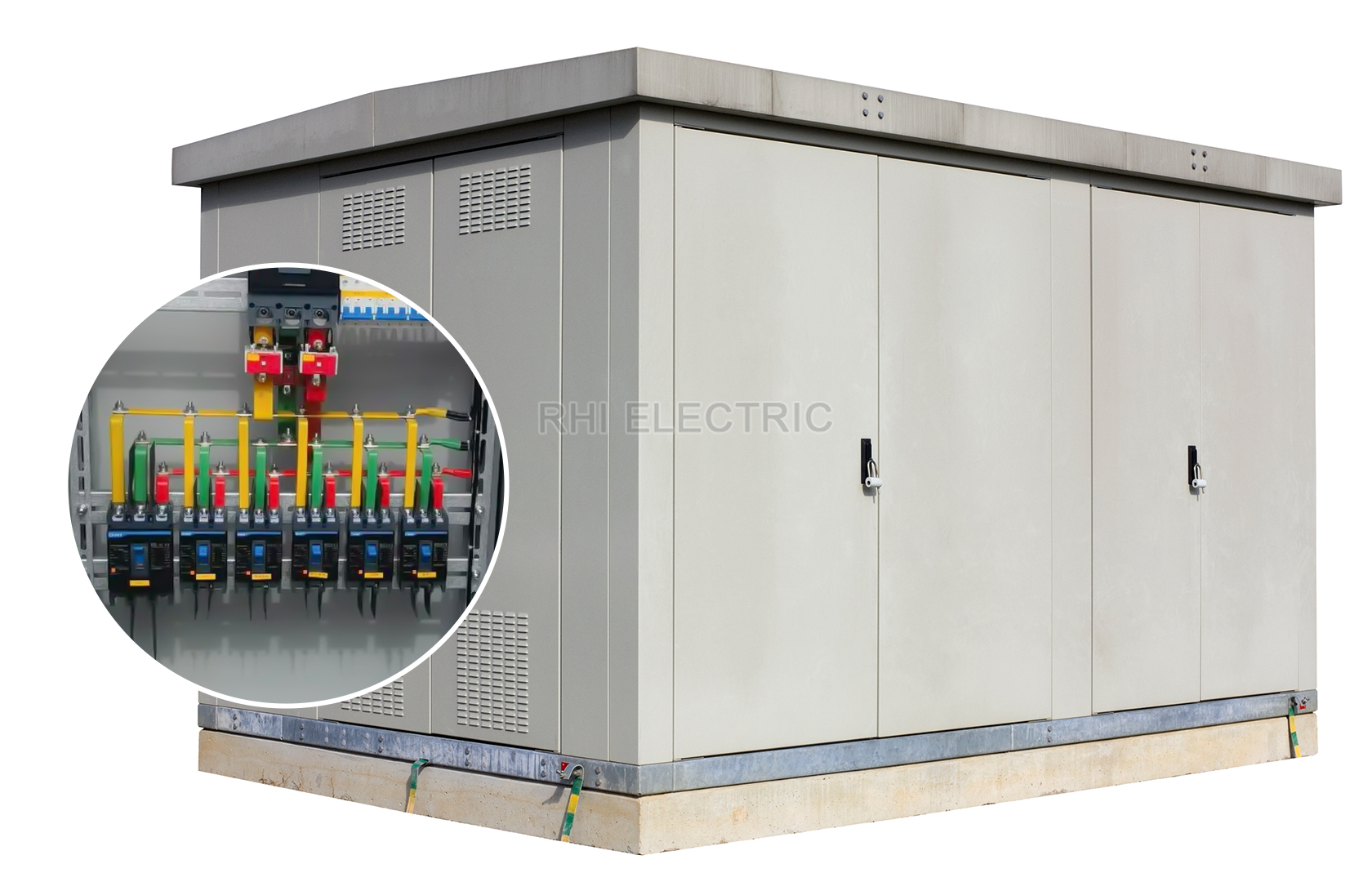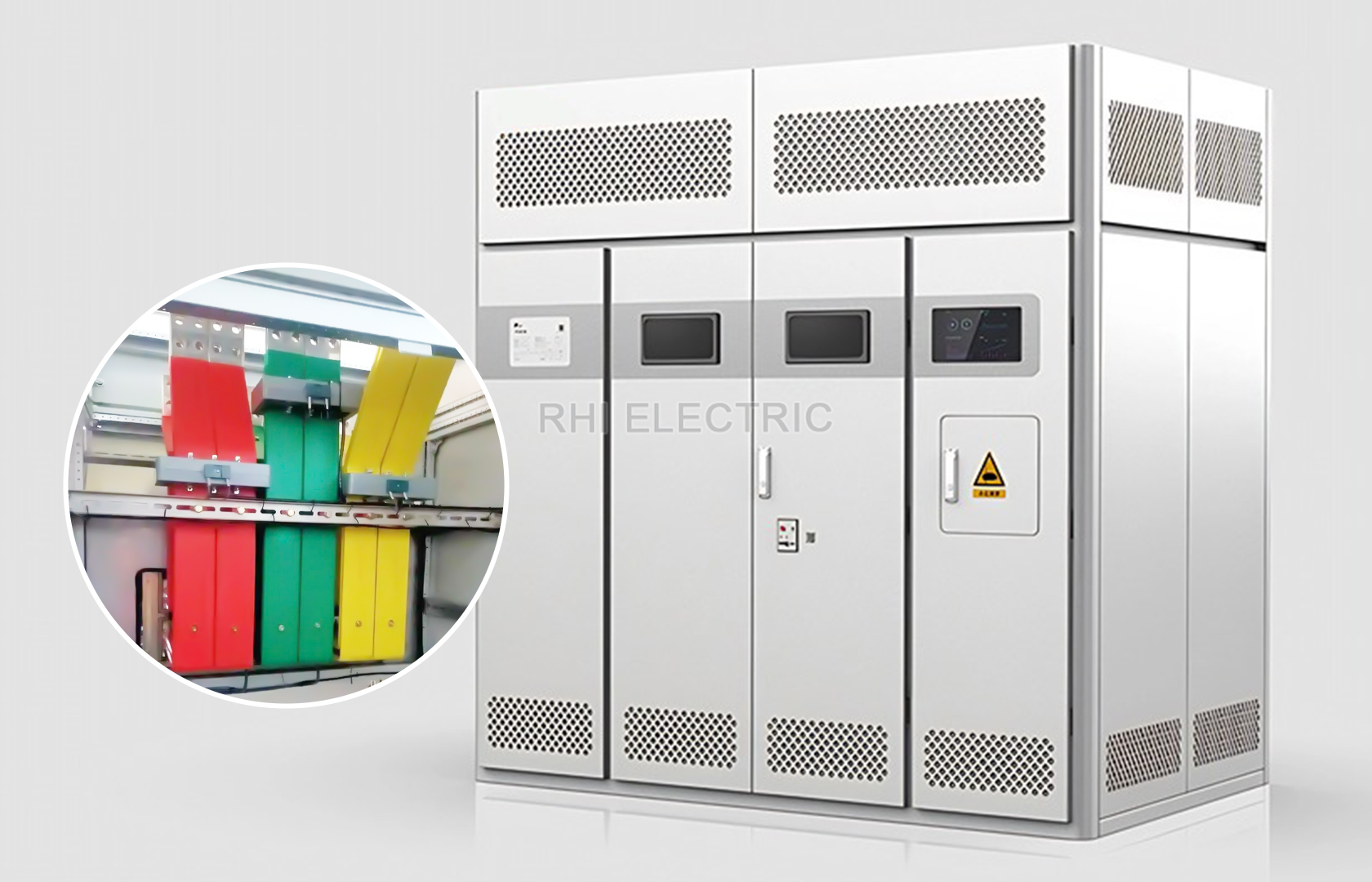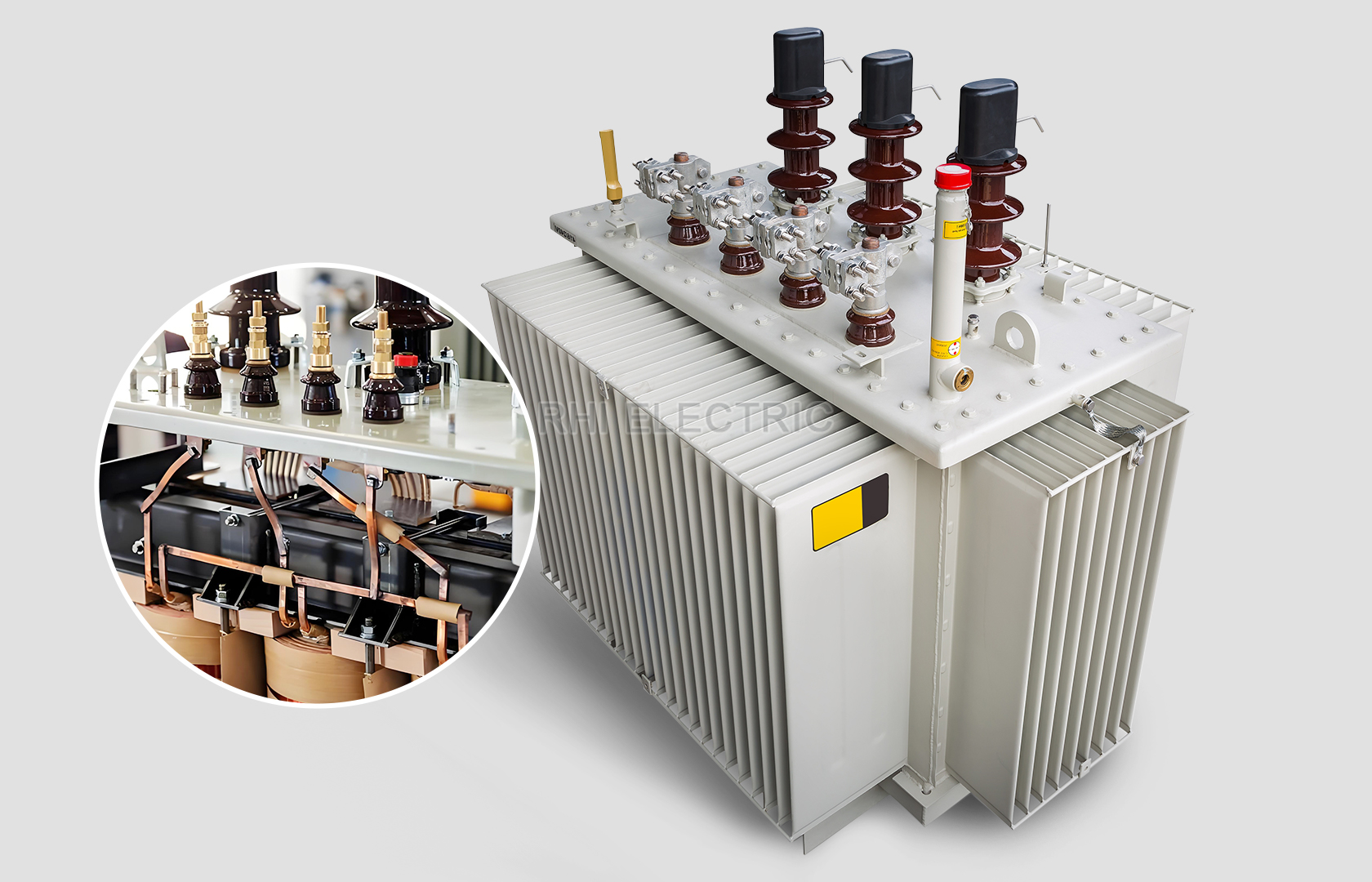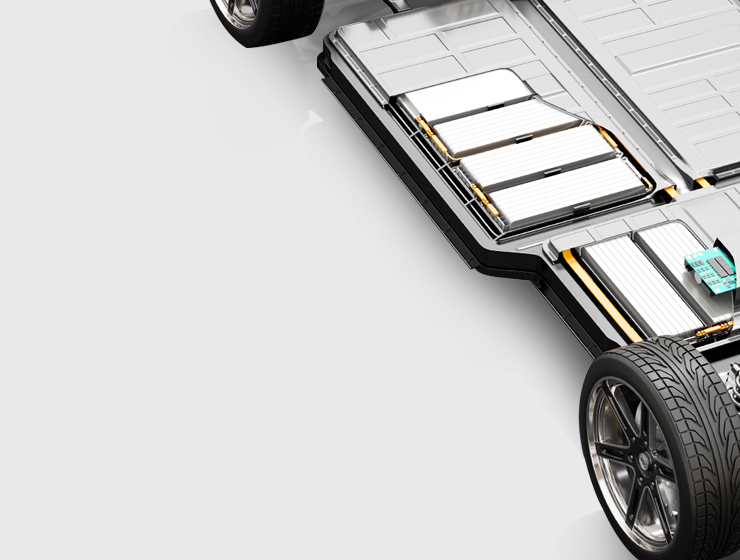

Busbars, as connections between the main switch in power cabinets and circuit switches in subcircuits, are insulated conductors primarily used to distribute power from indoor transformers to distribution cabinets and main circuit breakers, then to various sub-circuit breakers.

Panel Boards
In panel boards, busbars focus on power distribution and management:
- Current Distribution: As the main conductor, busbars efficiently distribute power from the main source to various branch circuits. Copper busbars' high conductivity and aluminium busbars' lightweight characteristics offer advantages in different applications.
- Space Optimization: Panel busbars reduce the need for internal cables in panel boards, optimizing space utilization and making system design more compact.
- Safety and Reliability: The high current-carrying capacity and stable transmission characteristics of power busbars ensure the safety and reliability of distribution systems.
Advantages: Power busbars provide efficient current distribution solutions in panel boards, enhancing system safety and maintainability.

High-Voltage Cabinets
In high-voltage cabinets, busbars handle the transmission of high-voltage currents:
- High-Voltage Transmission: Electrical busbars can withstand the demands of high voltage and large current transmission, ensuring efficient and stable system operation. Copper busbars' high conductivity is suited for more stringent high-voltage conditions, while aluminium busbars offer an economical solution.
- Insulation Protection: In high-voltage applications, busbars are equipped with high-quality insulation materials to prevent arc formation and short circuits, ensuring system safety.
Advantages: Busbars in high-voltage cabinets ensure the safety and stability of power transmission, providing a reliable path for high-voltage current.

Transformers
Busbars also play a critical role in power connections between distribution cabinets and transformers:
- High Current Transmission: Power transmission between distribution cabinets and transformers requires handling large currents, making copper busbars the preferred choice in such scenarios. The low resistance and high conductivity of copper busbars ensure excellent performance in transmitting large currents, reducing energy loss and improving system efficiency.
- Mechanical Strength & Durability: In power systems, busbars must withstand mechanical stress and environmental impacts. Copper and aluminium busbars, with their superior mechanical strength and corrosion resistance, can work stably in harsh environments for extended periods, reducing maintenance costs.
- Installation & Space Optimization: Compared to traditional cable connections, power busbars offer a simpler structural design and occupy less space, making them ideal for applications where space in distribution cabinets is limited. Additionally, the modular design of busbars facilitates easier installation, reducing on-site construction time and labor costs.
Advantages: High voltage busbars provide stable electrical connections, reduce contact resistance, and minimize energy loss, while their mechanical strength ensures long-term stability in complex environments. Furthermore, busbars' flexibility and customization capabilities allow them to adapt to different equipment and electrical requirements, which is particularly important in complex power systems.




